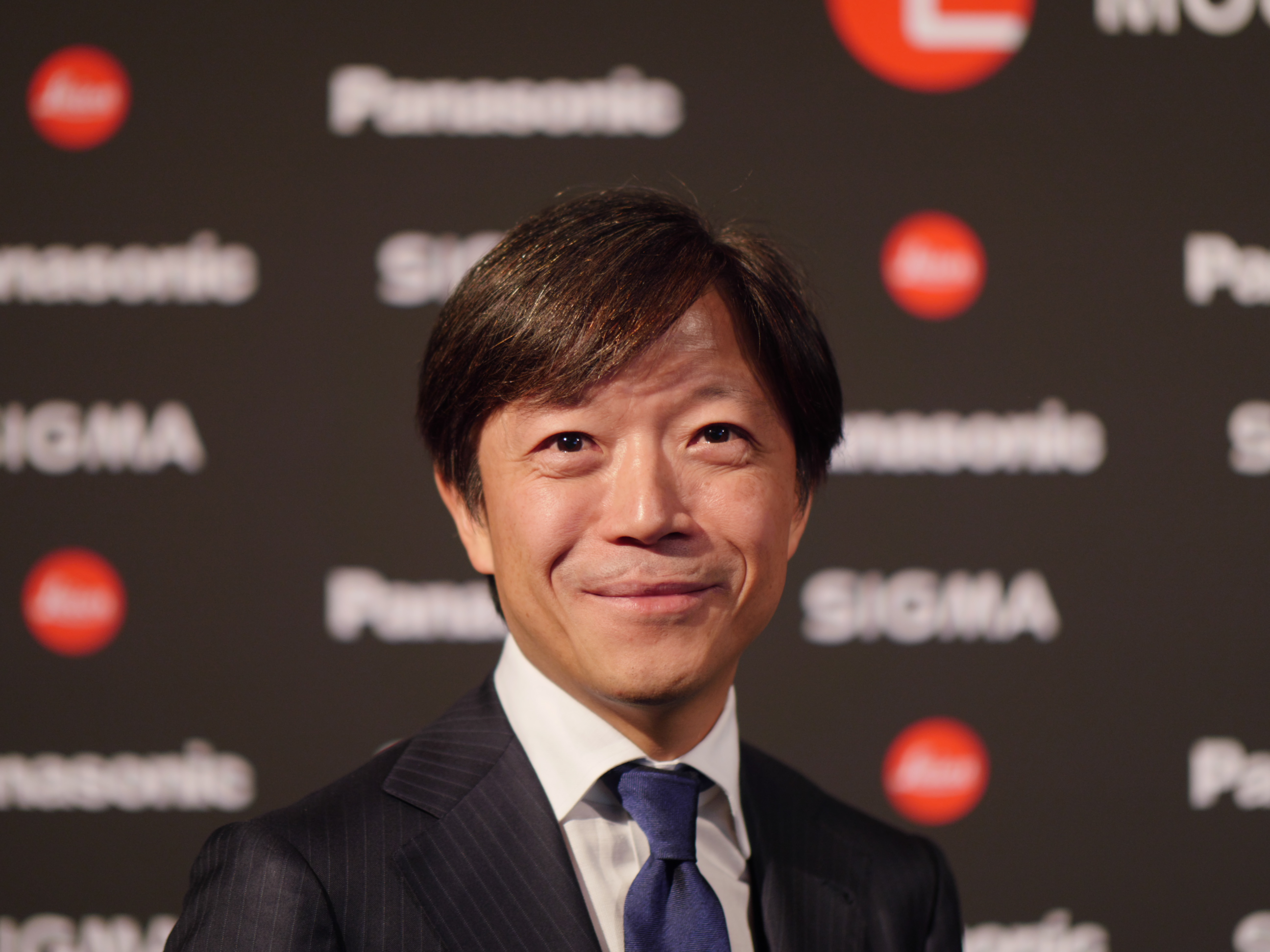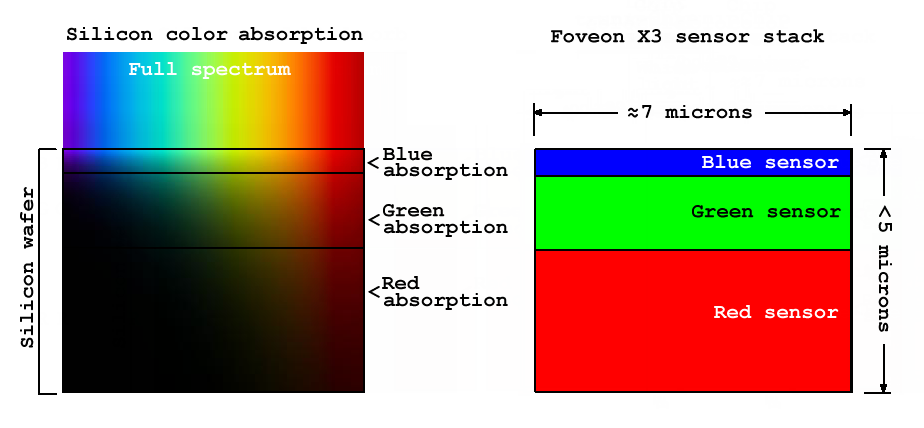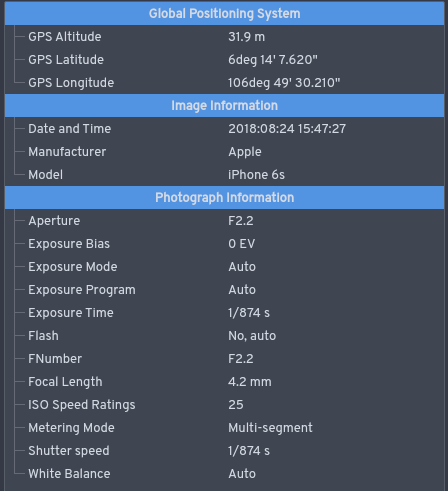|
Digital Negative (file Format)
Digital Negative (DNG) is an open, lossless raw image format developed by Adobe and used for digital photography. It was launched on September 27, 2004. The launch was accompanied by the first version of the DNG specification,. plus various products, including a free-of-charge DNG converter utility. All Adobe photo manipulation software (such as Adobe Photoshop and Adobe Lightroom) released since the launch supports DNG.. DNG is based on the TIFF/EP standard format, and mandates significant use of metadata. The specification of the file format is open and not subject to any intellectual property restrictions or patents.. Rationale for DNG Adobe states that, given the existence of a wide variety of camera-brand-specific raw image formats, it introduced DNG as a standardized and backward-compatible universal file format. It is based on the TIFF 6.0 standard. Various professional archivists and conservationists, working in institutional settings have adopted DNG for ar ... [...More Info...] [...Related Items...] OR: [Wikipedia] [Google] [Baidu] |
Adobe Systems
Adobe Inc. ( ), formerly Adobe Systems Incorporated, is an American software, computer software company based in San Jose, California. It offers a wide range of programs from web design tools, photo manipulation and vector creation, through to video/audio editing, mobile app development, print layout and animation software. It has historically specialized in software for the creation and publication of a wide range of content, including graphics, photography, illustration, animation, multimedia/video, motion pictures, and print. Its flagship products include Adobe Photoshop image editing software; Adobe Illustrator vector-based illustration software; Adobe Acrobat Reader and the Portable Document Format (PDF); and a host of tools primarily for audio-visual content creation, editing and publishing. Adobe offered a bundled solution of its products named Adobe Creative Suite, which evolved into a subscription-based offering named Adobe Creative Cloud. The company also expanded into ... [...More Info...] [...Related Items...] OR: [Wikipedia] [Google] [Baidu] |
TIFF
Tag Image File Format or Tagged Image File Format, commonly known by the abbreviations TIFF or TIF, is an image file format for storing raster graphics images, popular among graphic artists, the publishing industry, and photographers. TIFF is widely supported by scanning, faxing, word processing, optical character recognition, image manipulation, desktop publishing, and page-layout applications. The format was created by the Aldus Corporation for use in desktop publishing. It published the latest version 6.0 in 1992, subsequently updated with an Adobe Systems copyright after the latter acquired Aldus in 1994. Several Aldus or Adobe technical notes have been published with minor extensions to the format, and several specifications have been based on TIFF 6.0, including TIFF/EP (ISO 12234-2), TIFF/IT (ISO 12639), TIFF-F (RFC 2306) and TIFF-FX (RFC 3949). History TIFF was created as an attempt to get desktop scanner vendors of the mid-1980s to agree on a common scanned image f ... [...More Info...] [...Related Items...] OR: [Wikipedia] [Google] [Baidu] |
Sony Cyber-shot DSC-F828
The Sony Cyber-shot DSC-F828 is a 8.0 megapixel digital bridge camera announced by Sony on August 15, 2003. Overview As successor of the DSC-F717, F828 was widely considered "revolutionary" at launch. Major changes / improvements over its predecessor, the 2002 F717 include: * "Carl Zeiss T*" lens with 7x (28-200mm) zoom range, wider compared to F717's 5x (38-190mm) * Mechanically-linked zoom ring * 8.0 megapixel, 2/3 inch, 4-color RGBE CCDs, highest pixel counts in any consumer camera sensors at launch. * Upgraded electronics for faster focus and post-processing. Continuous AF, and VGA-quality (640x480) filming were made possible. * Addition of a CompactFlash CompactFlash (CF) is a flash memory mass storage device used mainly in portable electronic devices. The format was specified and the devices were first manufactured by SanDisk in 1994. CompactFlash became one of the most successful of the e ... slot as an alternative to Sony's proprietary Memory Sticks. Although, a ... [...More Info...] [...Related Items...] OR: [Wikipedia] [Google] [Baidu] |
RGBE Filter
In digital photography, the RGBE filter is an alternative color filter array to the Bayer filter (GRGB). It similarly uses a mosaic of pixel filters, of red, green, blue and "emerald" ("like cyan" according to Sony), and so also requires demosaicing to produce a full-color image. It was developed by Sony and so far is used only in the ICX456 8-megapixel CCD and in the Sony Cyber-shot DSC-F828 camera. Sony states that the reason for adding the fourth filter color is "to reduce the color reproduction errors and to record natural images closer to the natural sight perception of the human eye". press release, DPReview.com, 15 July 2003. |
Bayer Filter
A Bayer filter mosaic is a color filter array (CFA) for arranging RGB color model, RGB color filters on a square grid of photosensors. Its particular arrangement of color filters is used in most single-chip digital image sensors used in digital cameras, and camcorders to create a color image. The filter pattern is half green, one quarter red and one quarter blue, hence is also called BGGR, RGBG, GRBG, or RGGB. It is named after its inventor, Bryce Bayer of Eastman Kodak. Bayer is also known for his recursively defined matrix used in ordered dithering. color image sensor, Alternatives to the Bayer filter include both #Modifications, various modifications of colors and arrangement and completely different technologies, such as color co-site sampling, the Foveon X3 sensor, the dichroic filter, dichroic mirrors or a transparent diffractive-filter array. Explanation Bryce Bayer's patent (U.S. Patent No. 3,971,065) in 1976 called the green photosensors ''luminance-sensitive eleme ... [...More Info...] [...Related Items...] OR: [Wikipedia] [Google] [Baidu] |
Color Filter Array
In digital imaging, a color filter array (CFA), or color filter mosaic (CFM), is a mosaic of tiny color filters placed over the pixel sensors of an image sensor to capture color information. The term is also used in reference to Electronic paper, e paper devices where it means a mosaic of tiny color filters placed over the grey scale display panel to reproduce color images. Image sensor overview Color filters are needed because the typical photosensors detect light intensity with little or no wavelength specificity and therefore cannot separate color information. Since sensors are made of semiconductors, they obey solid-state physics. The color Filter (optics), filters filter the light by wavelength range, such that the separate filtered intensities include information about the color of light. For example, the Bayer filter (shown by the image) gives information about the intensity of light in red, green, and blue (RGB) wavelength regions. The raw image data captured by the ima ... [...More Info...] [...Related Items...] OR: [Wikipedia] [Google] [Baidu] |
Sigma Corporation
is a Japanese company, manufacturing cameras, lenses, flashes and other photographic accessories. All Sigma products are produced in the company's own Aizu factory in Bandai, Fukushima, Japan. Although Sigma produces several camera models, the company is best known for producing high-quality lenses and other accessories that are compatible with the cameras produced by other companies. The company was founded in 1961 by Michihiro Yamaki, who was Sigma's CEO until his death at age 78 in 2012. Sigma products work with cameras from Canon, Nikon, Fujifilm, Pentax, Sony, Olympus and Panasonic, as well as their own cameras. Sigma has also made lenses under the Quantaray name, which have been sold exclusively by Ritz Camera. Similarly, Sigma lenses were sold exclusively by the former Wolf Camera, but following the merger of Wolf and Ritz, both brands could be purchased. Sigma's digital SLRs, the SD9, SD10, SD14 and SD15, plus the latest SD1 are unusual in their use ... [...More Info...] [...Related Items...] OR: [Wikipedia] [Google] [Baidu] |
Foveon X3 Sensor
The Foveon X3 sensor is a digital camera image sensor designed by Foveon, Inc., (now part of Sigma Corporation) and manufactured by Dongbu Electronics. It uses an array of photosites that consist of three vertically stacked photodiodes. Each of the three stacked photodiodes has a different spectral sensitivity, allowing it to respond differently to different wavelengths. The signals from the three photodiodes are then processed as additive color data that are transformed to a standard RGB color space. In the late 1970s, a similar color sensor having three stacked photo detectors at each pixel location, with different spectral responses due to the differential absorption of light by the semiconductor, had been developed and patented by Kodak. The X3 sensor technology was first deployed in 2002 in the Sigma SD9 DSLR camera, and subsequently in the SD10, SD14, SD15, SD1 (including SD1 Merrill), the original mirrorless compact Sigma DP1 and Sigma DP2 in 2008 and 2009 respe ... [...More Info...] [...Related Items...] OR: [Wikipedia] [Google] [Baidu] |
International Press Telecommunications Council
The International Press Telecommunications Council (IPTC), based in London, United Kingdom, is a consortium of the world's major news agencies, other news providers and news industry vendors and acts as the global standards body of the news media. Currently more than 50 companies and organizations from the news industry are members of the IPTC, including global players like Associated Press (AP), Agence France-Presse (AFP), Deutsche Presse-Agentur (dpa), BBC, Getty Images, Press Association (PA), Reuters and ''The New York Times''. IPTC aims at simplifying the distribution of information. To achieve this technical standards are developed to improve the management and exchange of information between content providers, intermediaries and consumers. IPTC is committed to open standards and makes all standards freely available to its members and the wider community. The IPTC was established in 1965 by a group of news organisations including the Alliance Européenne des Agences de ... [...More Info...] [...Related Items...] OR: [Wikipedia] [Google] [Baidu] |
Exchangeable Image File Format
Exchangeable image file format (officially Exif, according to JEIDA/JEITA/CIPA specifications) is a standard that specifies formats for images, sound, and ancillary tags used by digital cameras (including smartphones), scanners and other systems handling image and sound files recorded by digital cameras. The specification uses the following existing encoding formats with the addition of specific metadata tags: JPEG lossy coding for compressed image files, TIFF Rev. 6.0 ( RGB or YCbCr) for uncompressed image files, and RIFF WAV for audio files (linear PCM or ITU-T G.711 μ-law PCM for uncompressed audio data, and IMA-ADPCM for compressed audio data). It does not support JPEG 2000 or GIF encoded images. This standard consists of the Exif image file specification and the Exif audio file specification. Background Exif is supported by almost all digital camera manufacturers. The metadata tags defined in the Exif standard cover a broad spectrum: * Camera settings: This includ ... [...More Info...] [...Related Items...] OR: [Wikipedia] [Google] [Baidu] |
Tagged Image File Format
Tag Image File Format or Tagged Image File Format, commonly known by the abbreviations TIFF or TIF, is an image file format for storing raster graphics images, popular among graphic artists, the publishing industry, and photographers. TIFF is widely supported by scanning, faxing, word processing, optical character recognition, image manipulation, desktop publishing, and page-layout applications. The format was created by the Aldus Corporation for use in desktop publishing. It published the latest version 6.0 in 1992, subsequently updated with an Adobe Systems copyright after the latter acquired Aldus in 1994. Several Aldus or Adobe technical notes have been published with minor extensions to the format, and several specifications have been based on TIFF 6.0, including TIFF/EP (ISO 12234-2), TIFF/IT (ISO 12639), TIFF-F (RFC 2306) and TIFF-FX (RFC 3949). History TIFF was created as an attempt to get desktop scanner vendors of the mid-1980s to agree on a common scanned image f ... [...More Info...] [...Related Items...] OR: [Wikipedia] [Google] [Baidu] |
Dcraw
dcraw is an open-source software, open-source computer program which is able to read numerous raw image format files, typically produced by mid-range and high-end digital cameras. dcraw converts these images into the standard Tagged Image File Format, TIFF and Netpbm format, PPM image formats. This conversion is sometimes referred to as ''developing'' a raw image (by analogy with the process of film development) since it renders raw image sensor data (a "digital negative") into a viewable form. A number of other image processing programs use dcraw internally to enable them to read raw files. Development of dcraw began on February 23, 1997. Version 1.0 was released in revision 1.18, on May 5, 2000. Versions up to 3.15 used the name ''Canon PowerShot Converter'', starting with v3.40 the name was ''Raw Photo Decoder'', switching to ''Raw Photo Decoder "dcraw"'' in v5.70. Version 8.86 supported 300 cameras. The development has stalled, with only two releases since May 2015 and t ... [...More Info...] [...Related Items...] OR: [Wikipedia] [Google] [Baidu] |



